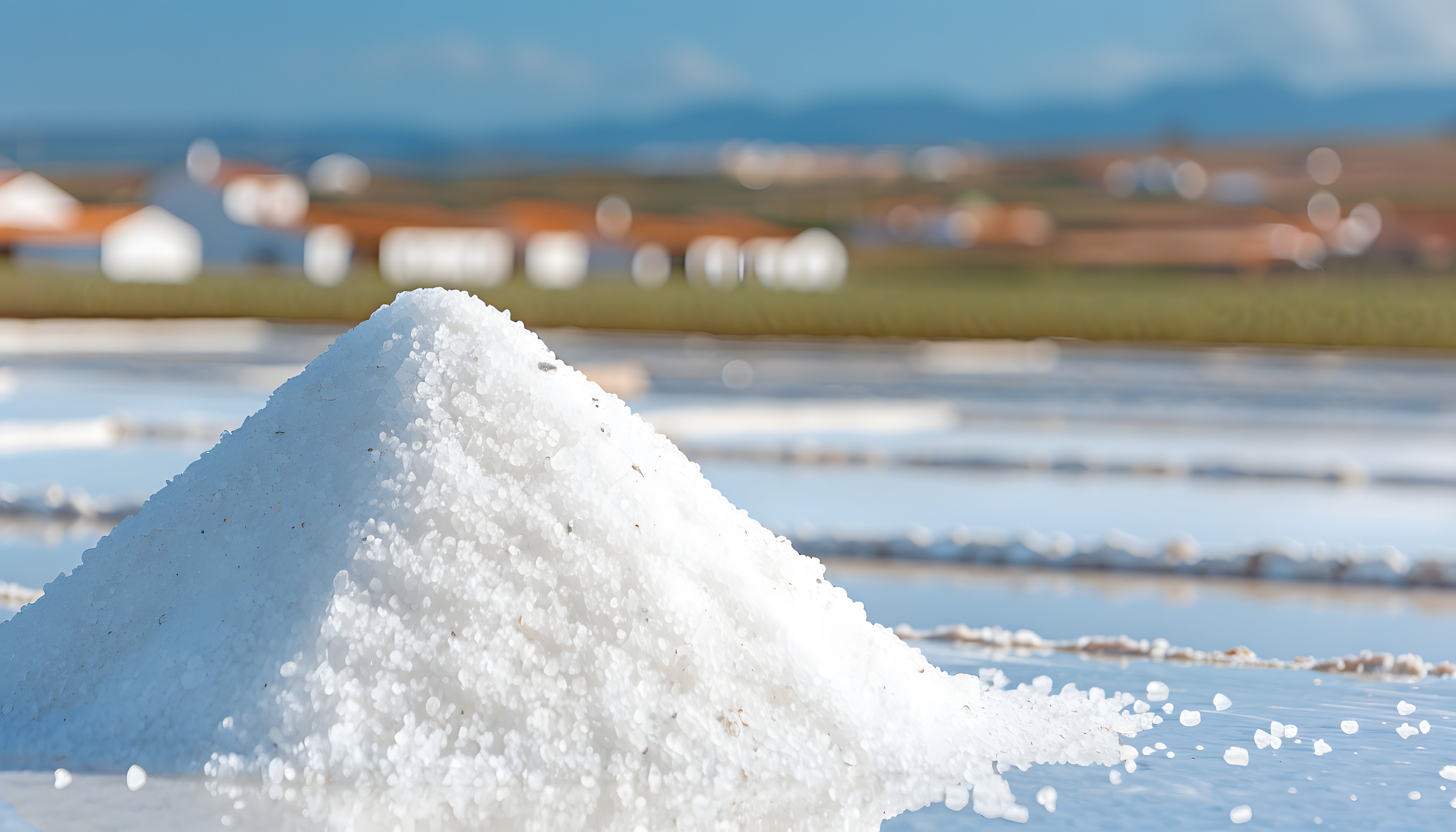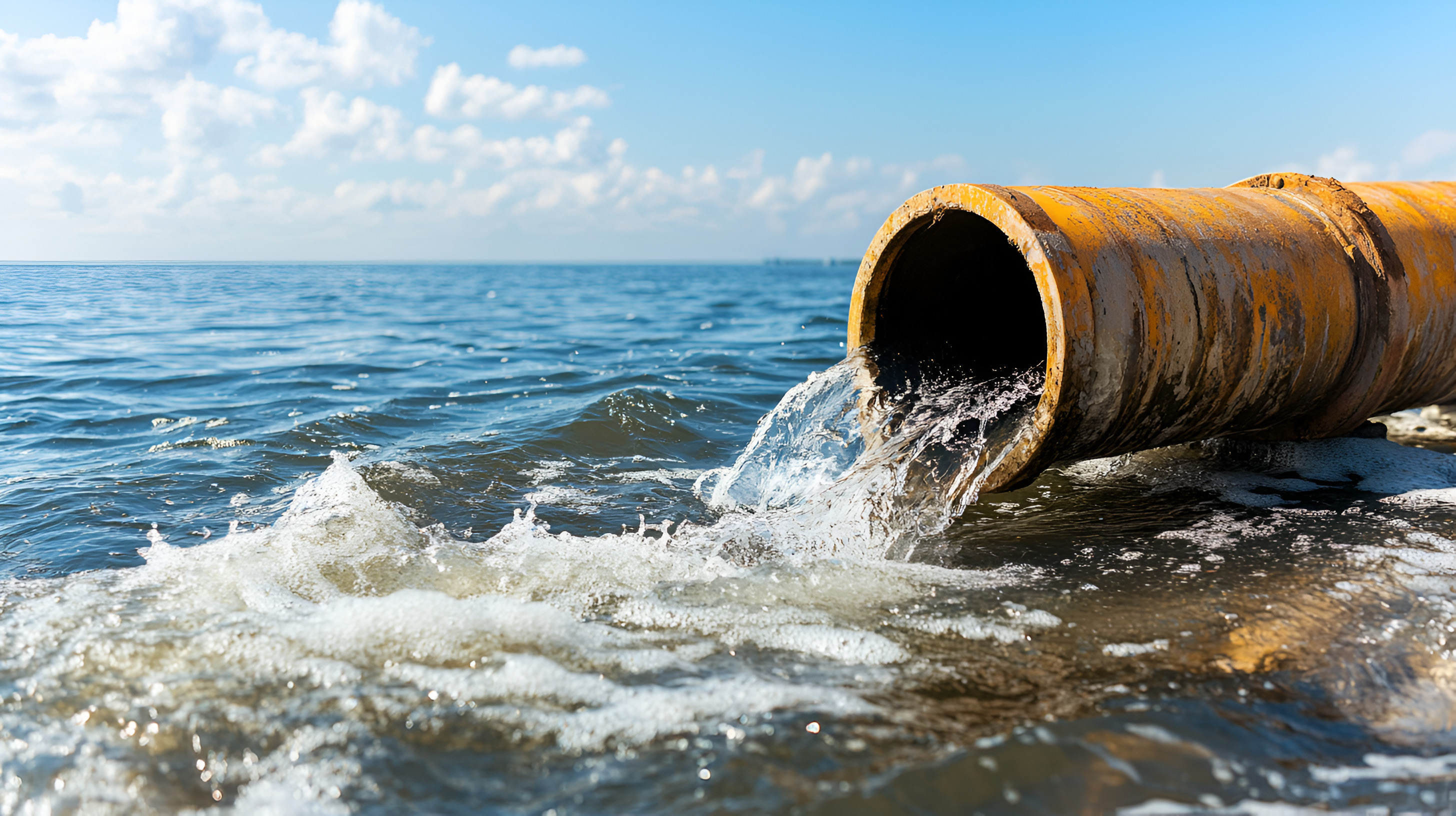The Salty Side of Industry: Exploring the Challenges and Impacts of Industrial Saltwater Use

9
Oct 24
The Salty Side of Industry: Exploring the Challenges and Impacts of Industrial Saltwater Use
Welcome back to another Water Use Wednesday! Today, we’re diving into the world of industrial saltwater withdrawal and exploring its impact. There are only two major types of water in the world: saline (saltwater) and freshwater. Saltwater contains more than 1,000 ppm (parts per million) of dissolved salts. For perspective, humans can taste salt in water at around 180 ppm. Anything with less salt than that is considered freshwater. Freshwater can be found as groundwater, lakes, springs and streams, while saltwater can be found in aquifers, swamps, and of course, the ocean. Of all the water in the world, only 3% is freshwater, the remaining 97% is saltwater. Most of the freshwater that is available (69%) is stored within ice caps and glaciers, leaving 30% as groundwater and only 1% as fresh drinking water. With the limits on freshwater, it's no wonder we constantly hear about the importance of sustainable water management practices. Conservation efforts naturally focus on our precious freshwater stores, but should those same efforts apply to saltwater? Or perhaps a more interesting question to explore: could saltwater, which makes up 97% of Earth's total water supply, play a larger role in our industrial processes?

Industrial Saltwater: A Saline Solution?
Historically, saltwater has not been favored by most industrial facilities. Saltwater is extremely corrosive and can accelerate the deterioration of pipes and tanks in which it is stored. Saltwater (as the name suggests) contains heavy concentrations of salt and minerals, and as the water evaporates, scaling within pipes and tanks can occur, leading to clogging and decreased energy efficiency. Furthermore, saltwater cannot be discharged back into the environment like freshwater, as it would severely upset the balance of freshwater ecosystems. This concern is particularly important when there are leaks within pipes and storage tanks, as these can contaminate groundwater and pose health and safety risks. For most uses, saltwater must be desalinated, going through a filtering process that results in a salty brine waste product. There are multiple ways to convert seawater into usable water, but all of them produce a highly salty brine byproduct, often containing toxins like chlorine and copper. As a result, the desalination process brings about environmental side effects, concerning brine disposal following water treatment. Brine has an average salt concentration of 5%, compared to the ocean's 3.5%. Returning brine to the ocean can create toxic conditions unless disposed of in a controlled manner. According to, The State of Desalination and Brine Production: A Global Outlook, 141.5 million cubic meters of brine are produced worldwide each day.

That is a lot of brine, and globally, the impact of reintroducing it back into the environment without proper management could be catastrophic. Many ocean animals, including cartilaginous fish, some reptiles, and various seabirds, have special salt glands that filter salt from their bodies. However, overexposure can easily cause these glands to fail and the animals to die. Plants can also suffer from excessive salt pollution. To provide minimal environmental impact and promote the health of the surrounding area's organisms, it is important to dispose of this briny byproduct in a safe and sustainable way. One method is pumping it directly back into the sea at a measured and controlled rate. Another is deep well injection, which involves passing the brine through a well beyond the freshwater aquifer and into a deep, salty aquifer. Industries can also release it through sewer systems, which is a cost-effective solution, but the brine disposed of must meet certain quality requirements and may not exceed acceptable volumes. Evaporation is another cost effective and sustainable method, resulting in zero liquid discharge. Some of these options are more viable than others, especially when it comes to sustainable ways to keep the environment safe and promote biodiversity. However, it is important to find solutions that not only keep the world we live in clean, but also encourage economic growth to support that very same world. Although saltwater is abundant, these challenges make it unavailable for many industries, resulting in freshwater being the primary water source for industrial facilities.
A Sea of Possibilities: Charting a Sustainable Course
The vast expanse of our planet's oceans holds an immense potential - saltwater as a near-infinite resource. Yet, harnessing this potential comes with its own set of hurdles. From environmental concerns to safety issues and escalating energy costs, these challenges currently tip the scales in favor of freshwater for industrial use. But imagine the possibilities if we could unlock this oceanic treasure trove! It's time to fuel innovation and champion smarter regulations. By doing so, we can pave the way for responsible saltwater use in industry while ensuring proper management and disposal.
Buckle up, water enthusiasts! Our journey through the fascinating world of industrial water usage is just beginning. In our next installment, we'll dive deeper into even more captivating aspects of this crucial resource. Get ready to ride the wave of innovation – you won't want to miss what's coming next!

